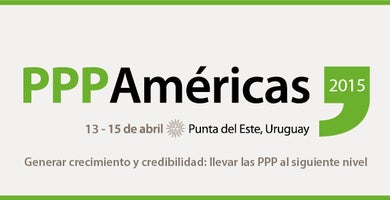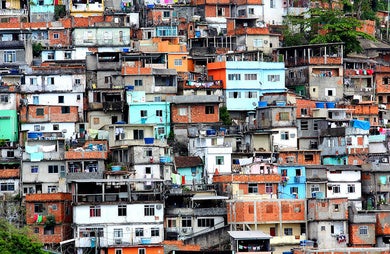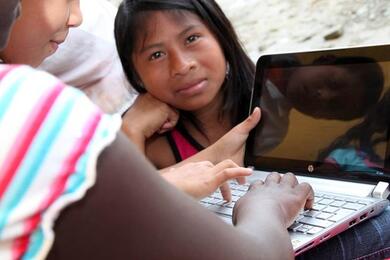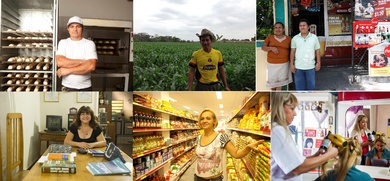
Towards a new generation of public-private partnerships for Infrastructure
Latin America and the Caribbean is crying out for infrastructure improvements. An investment estimated at 5 percent of the region’s GDP—or $250 billion per year—is required to develop projects that are fundamental for economic development, not only by improving highways and bridges, but also by building hospitals and creating mobility solutions for smarter cities. Every other business sees a lack of infrastructure as a serious problem for the region.

Something New in BOP Housing
By Christy Stickney, author of Many Paths to a Home: Emerging Business Models for Latin America and the Caribbean’s Base of the Pyramid; and Lina Salazar Ortegón, Opportunities for the Majority at the IDB I’m intrigued by FOMEPADE, a rising star in Mexico’s financial scene. Conceived by microfinance veteran Juan José Gutiérrez Chapa (a founding partner of Banco Compartamos) to provide quality housing to underserved markets, FOMEPADE launched in 2012 a housing loan program that incorporates housing providers into a unique value chain for the families at the base of the pyramid (BOP). FOMEPADE’s promising ventures in affordable housing for the BOP offer evidence that new players and business models are emerging, forging inroads into BOP housing markets in Latin America and the Caribbean (LAC).
Eight ways women can lead with passion
I have to be honest. Until very recently, the words “leadership” and “passion” were not part of my generation’s lexicon. Having to use them together in a sentence, I for one was flat out uncomfortable. Thanks to conversations about "leaning in," the "quest for perfection" and "why women still can't have it all," a dialogue was started - albeit at a bit of a distance from Latin American and the Caribbean professionals. At the IDB headquarters in Washington, DC, the Vice Presidency for the Private Sector sought to bring that dialogue closer to home. Over a hundred colleagues and I attended a conversation with Inez Murray, CEO of the Global Banking Alliance for Women. The personal insights shared left staff smiling, debating and, most importantly, reflecting.

Renewable Energy: Approaching the tipping point
Renewable Energy: Approaching the tipping point Imagine pushing a cumbersome and heavy ball up a steep incline with the goal of arriving at the top and having it roll down the other side by itself to a final destination. The initial time invested and physical strength exerted would seem worthwhile if you could just arrive at the summit – the tipping point. This is oftentimes the feeling in the renewable energy sector in Latin America and the Caribbean (LAC). Although there is increasing activity in renewable projects and frameworks, developers, investors, engineers and others in the relatively nascent industry in LAC seem to be trudging up a hill, sweating and hoping that the industry can soon move itself without assistance. http://vimeo.com/65930811

Technology to access an unexplored market in Peru
Good news for companies and financial institutions interested in tapping into new markets: Peruvians who live at the base of the pyramid (BoP) spent 160 percent more on information and communications technologies (ICT) in 2013 than in 2000 –from US$20 per capita per year to US$52. Currently, four out of ten BoP heads of households use the internet. More than half of them are between 18 and 35 years old. Additionally, 95 percent of the country’s BoP heads of household own a cellphone, and predominantly the younger ones use it to access the internet.

10 things a company needs to know about the market at the base of the pyramid
Seventy percent of the population in Latin America and the Caribbean – more than 400 million people – live on less than $10 a day. Even though their income is low, this segment of the population still demands goods and services, and represents a market of $760 billion per year. Hundreds of pioneering companies see opportunities in this market to do profitable business while improving the quality of life of low-income people. But where should they start?